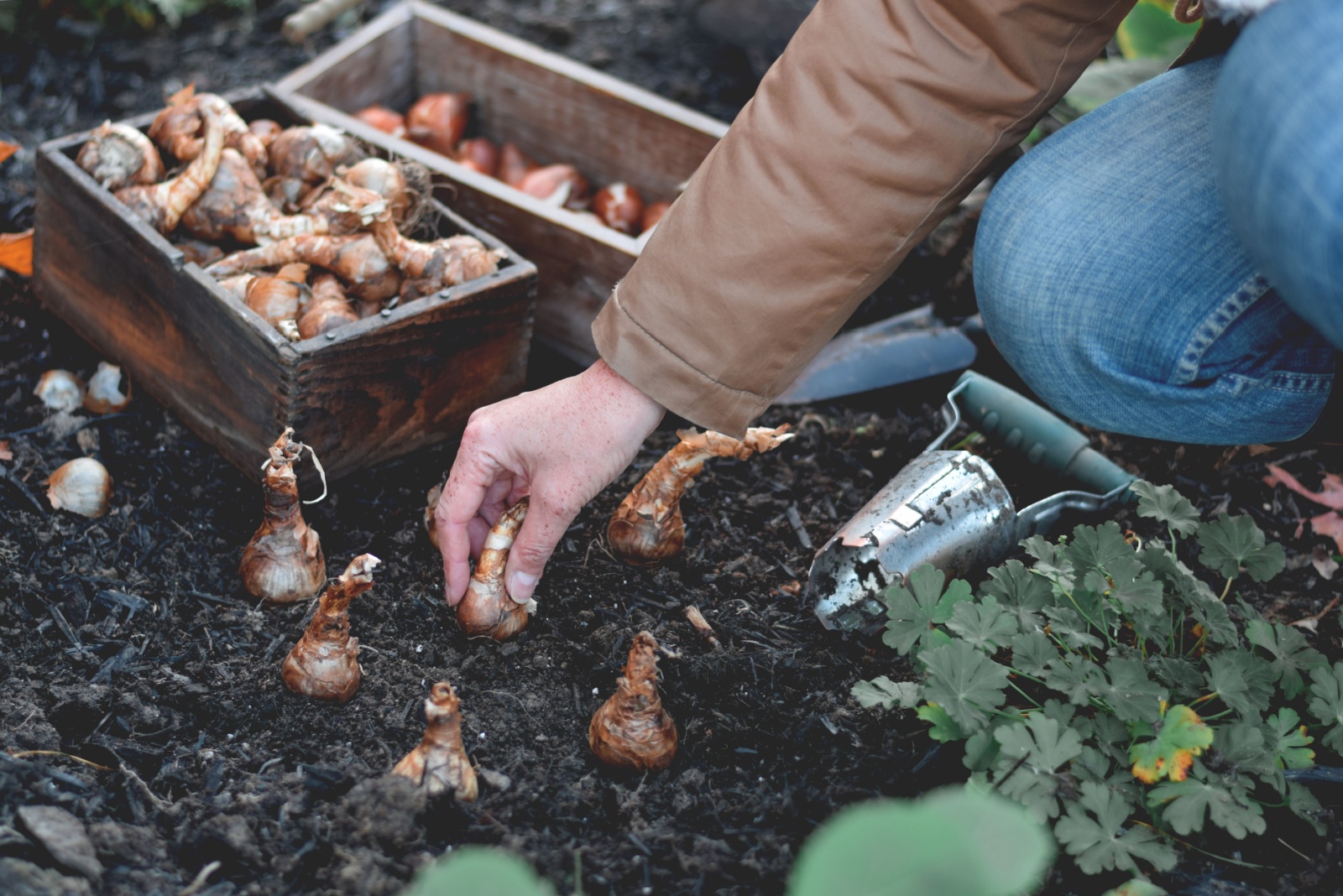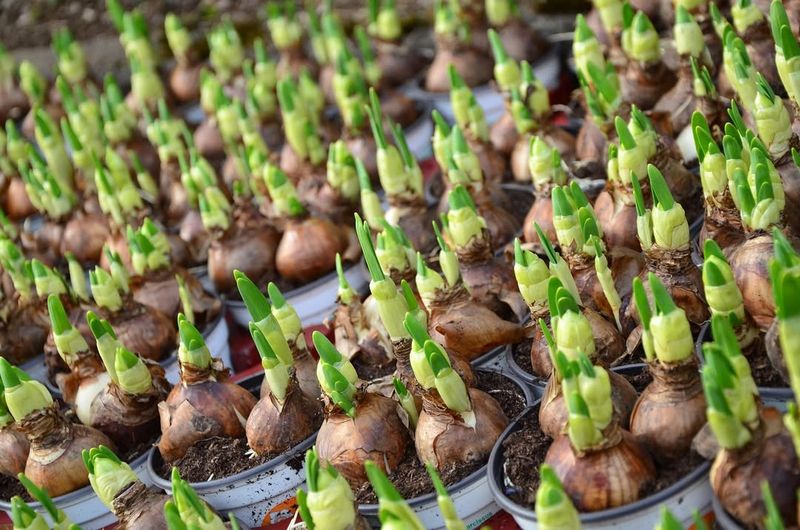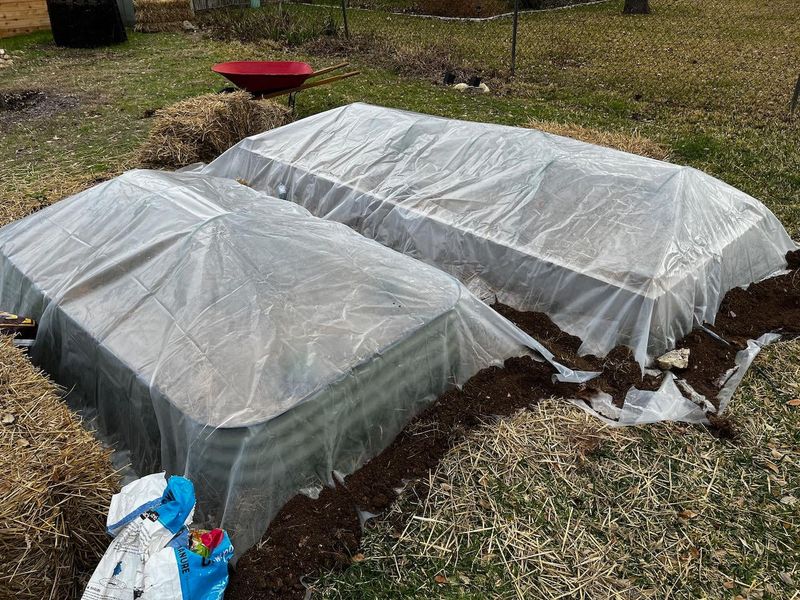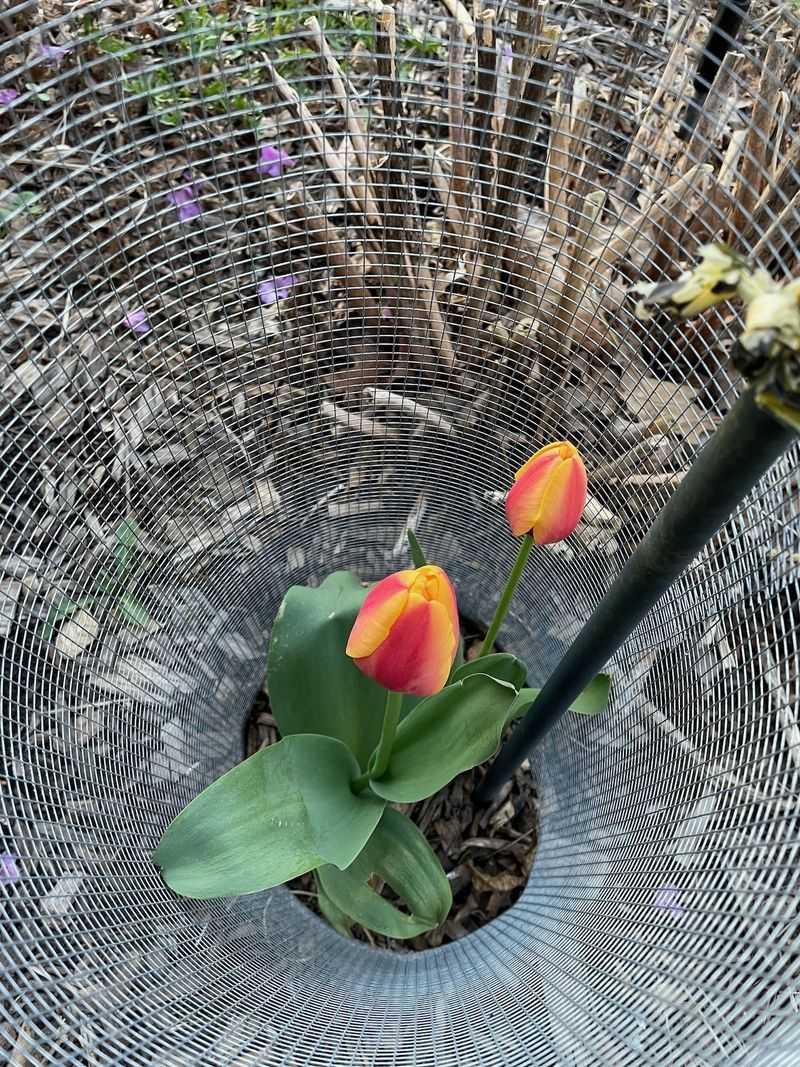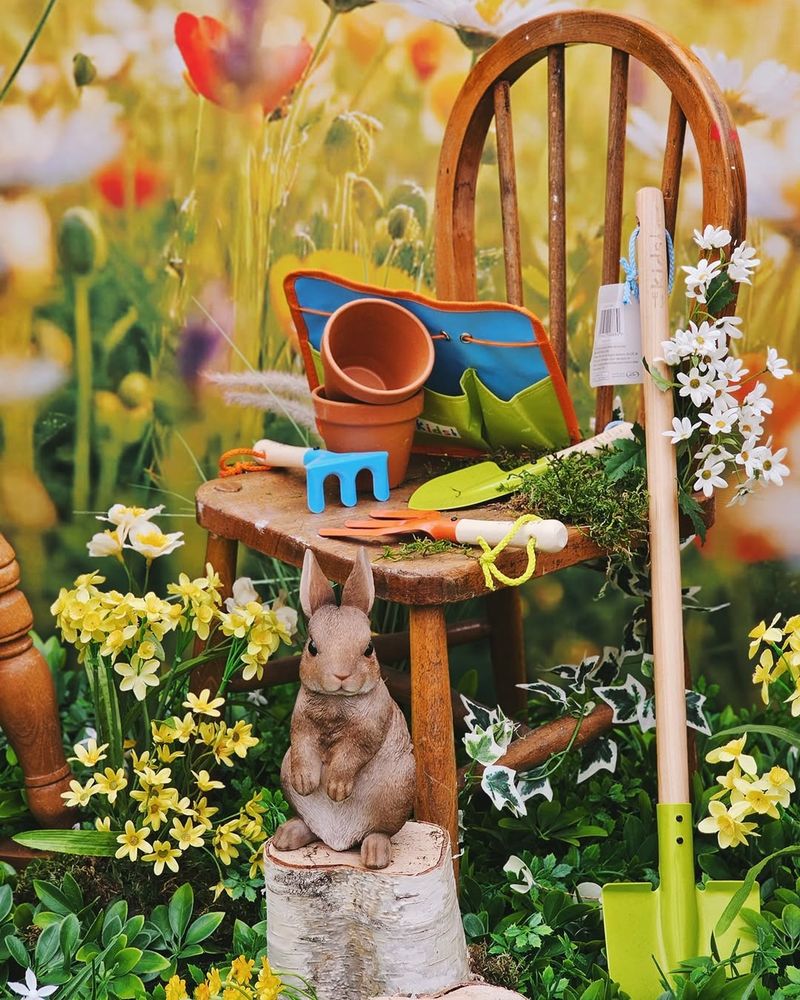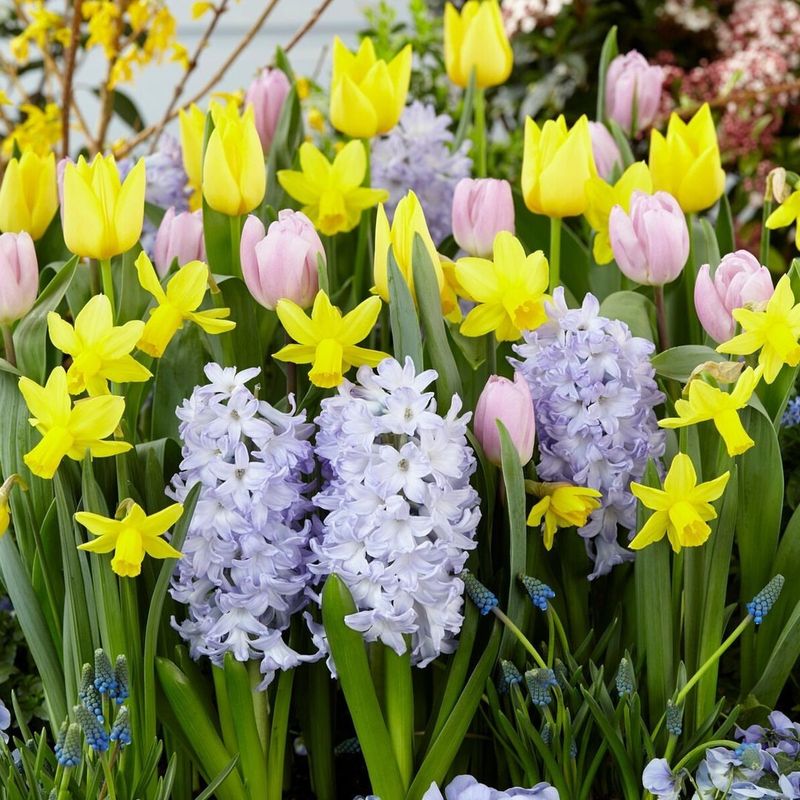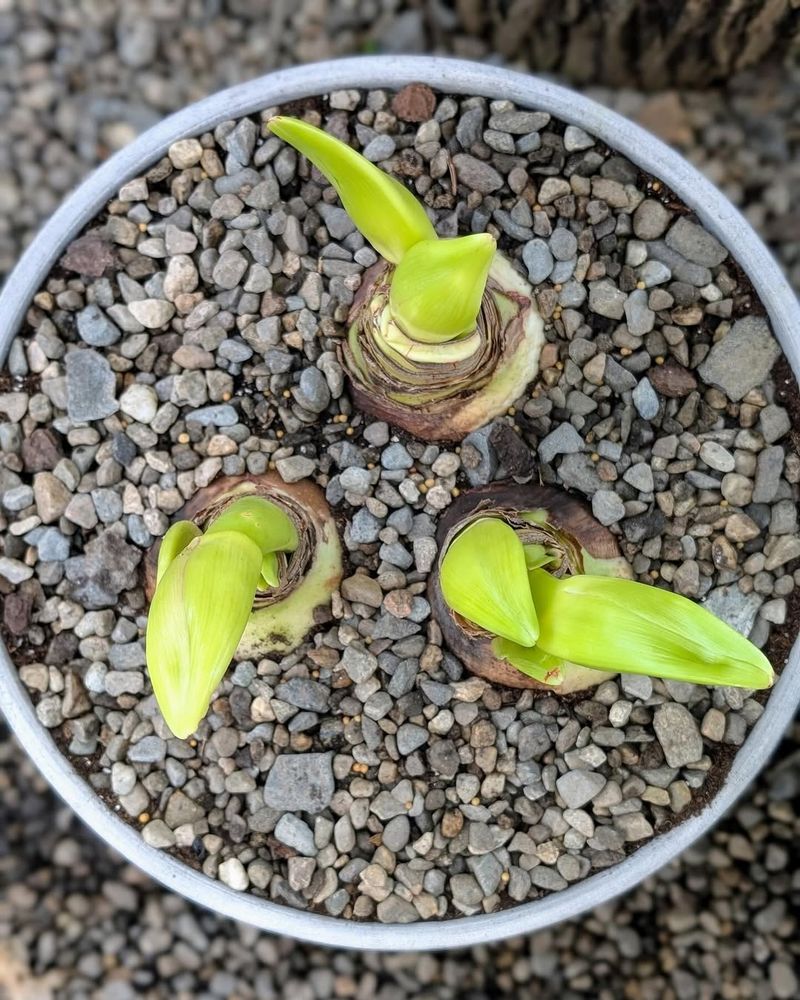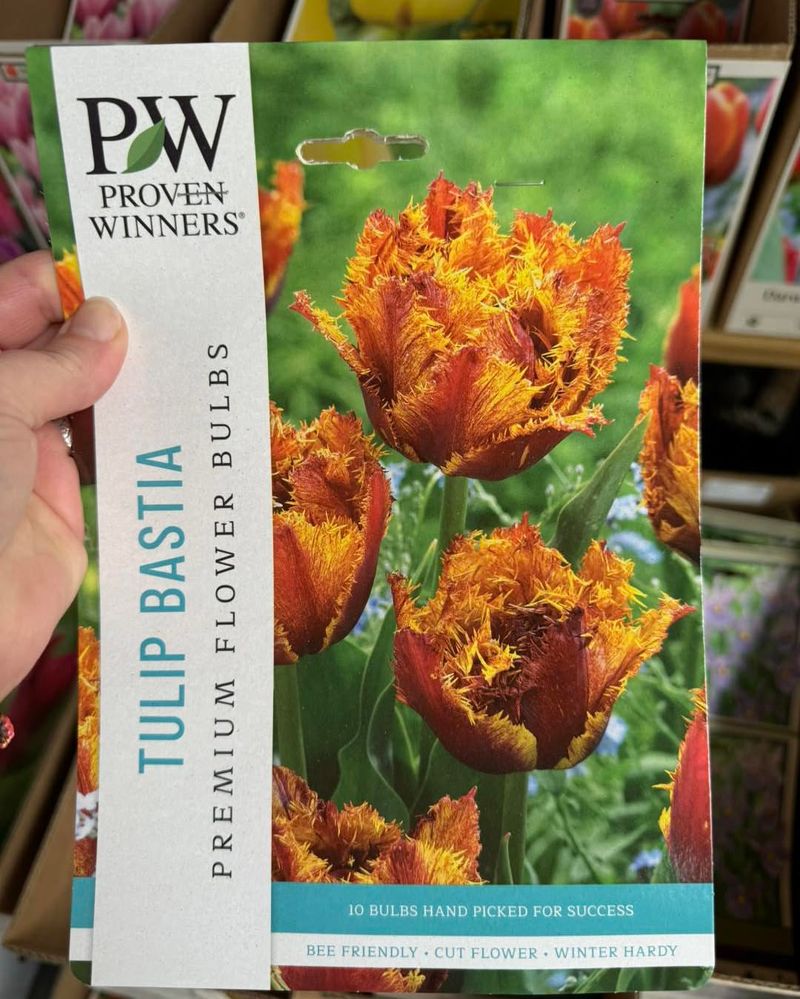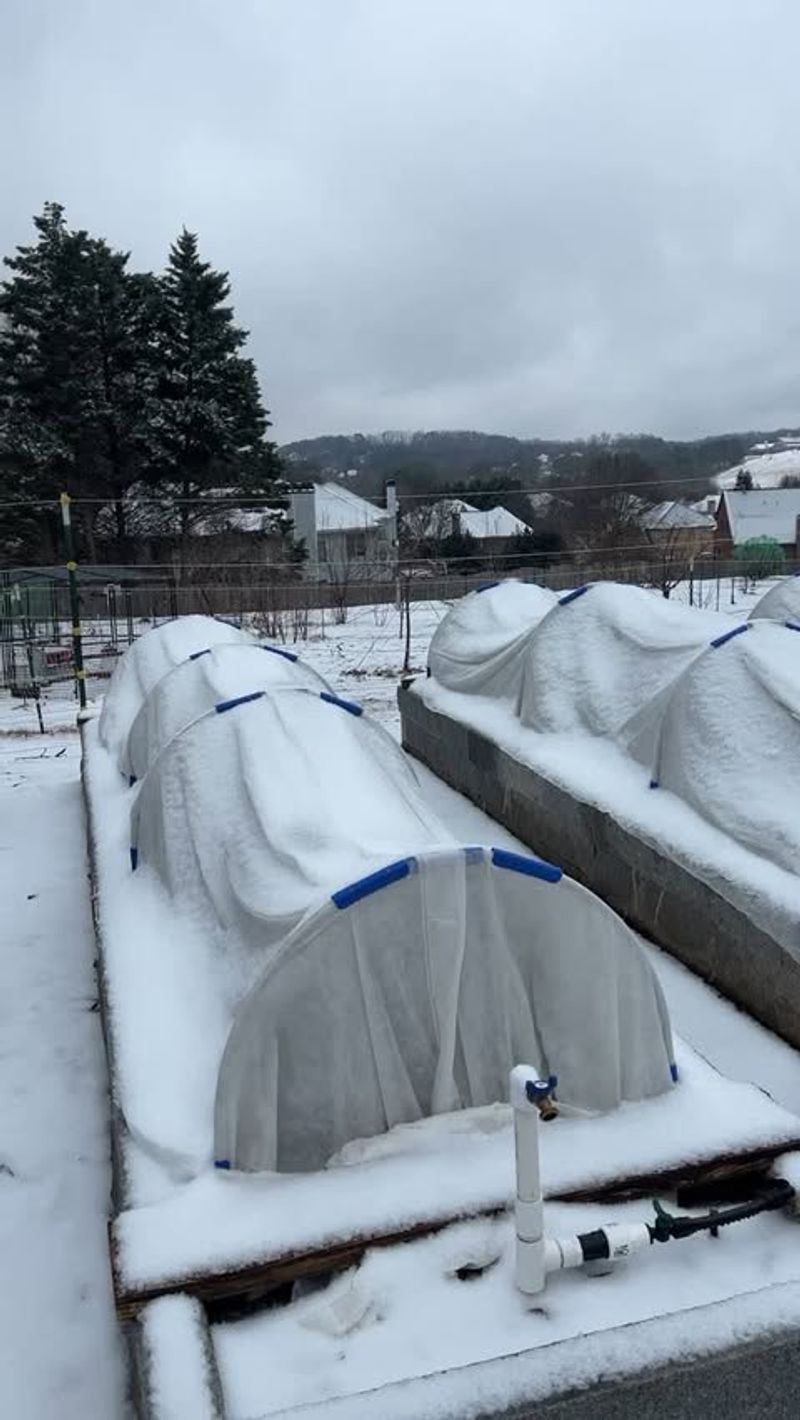Planting spring bulbs in Ohio can feel like a bit of a countdown. As the weather cools, timing becomes everything if you want tulips and daffodils to thrive.
Waiting too long can mean wasted bulbs and missed blooms. Getting them in before the ground freezes helps set the stage for a colorful spring.
I’ve found that watching soil temps and aiming for mid to late fall works best. With the right timing, your garden will burst to life when winter finally fades.
1. Check The Ground Temperature
Soil temperature matters more than the calendar when planting bulbs. Spring bulbs need cold soil to develop roots before winter freezes everything solid. Use a soil thermometer to check if your ground reads between 40 and 50 degrees Fahrenheit.
When temperatures drop below this range consistently, your bulbs won’t have enough time to establish roots. They’ll likely rot in frozen ground instead of blooming come spring. Most garden centers sell affordable soil thermometers that make checking easy and accurate.
2. Watch For Hard Freezes
Hard freezes change everything for bulb planting success. Once the ground freezes solid, digging becomes nearly impossible without serious effort. Your bulbs also can’t push roots through frozen soil no matter how hard they try.
Ohio typically experiences hard freezes from late November through early December, though this varies by region. Northern parts freeze earlier than southern counties. If you can still easily push a shovel into the ground, you might have time left for planting.
3. Consider Your Location Within Ohio
Geography plays a huge role in planting deadlines across the state. Northern Ohio near Lake Erie freezes weeks before southern regions along the Ohio River. Central areas fall somewhere in between these extremes.
Cleveland gardeners might need to finish planting by mid-November, while Cincinnati residents could have until early December. Knowing your specific zone helps you plan better. Check your county’s average first frost date to gauge your personal deadline for bulb planting success.
4. Look At The Calendar
Timing guidelines exist for good reasons in gardening. Most experts recommend planting spring bulbs in Ohio between late September and mid-November. Earlier is always better than later for root development.
Mid-December marks the absolute latest you should attempt planting in most Ohio locations. After this point, success rates drop dramatically. Your bulbs need at least six weeks of root growth before deep winter arrives. Missing this window means waiting until next fall to try again.
5. Test If You Can Dig
Sometimes the simplest test works best for determining planting readiness. Grab your favorite shovel and try digging a hole about six inches deep. Does the shovel slide in smoothly, or does it bounce off hard ground?
Easy digging means you still have opportunity to plant those bulbs successfully. Struggling to break through crusty or frozen soil signals you’ve probably missed your window. Forcing bulbs into unwelcoming ground rarely produces good results, so trust what your shovel tells you about timing.
6. Examine Your Bulbs’ Condition
Healthy bulbs have better chances of survival with late planting. Firm, solid bulbs without soft spots or mold can handle being planted closer to deadline. Mushy or sprouting bulbs probably won’t make it through winter even with perfect timing.
Bulbs that have already started growing shoots face poor odds when planted late. Their energy went into growth instead of root development. If your bulbs look questionable, consider saving them for indoor forcing instead of risking outdoor planting failure.
7. Monitor Weather Forecasts
Weather predictions help you make smart planting decisions. A warm spell in late November might give you unexpected extra planting time. Conversely, an early cold snap could close your window sooner than expected.
Watch for extended forecasts showing at least ten days of workable temperatures above freezing. This gives bulbs crucial time to settle in and start root development. Planting right before a major freeze wave practically guarantees disappointment when spring arrives without blooms in your garden beds.
8. Assess Snow Cover Predictions
Snow acts as nature’s insulation blanket for sleeping bulbs. Early, consistent snow cover actually protects late-planted bulbs from temperature swings that cause damage. Ground stays more stable under that white layer.
However, planting right before heavy snow makes digging impossible and bulbs suffer. Check long-range forecasts for major snow events. If meteorologists predict significant accumulation within days, you’ve likely run out of time. Wait until spring and start fresh with proper timing for best gardening results.

